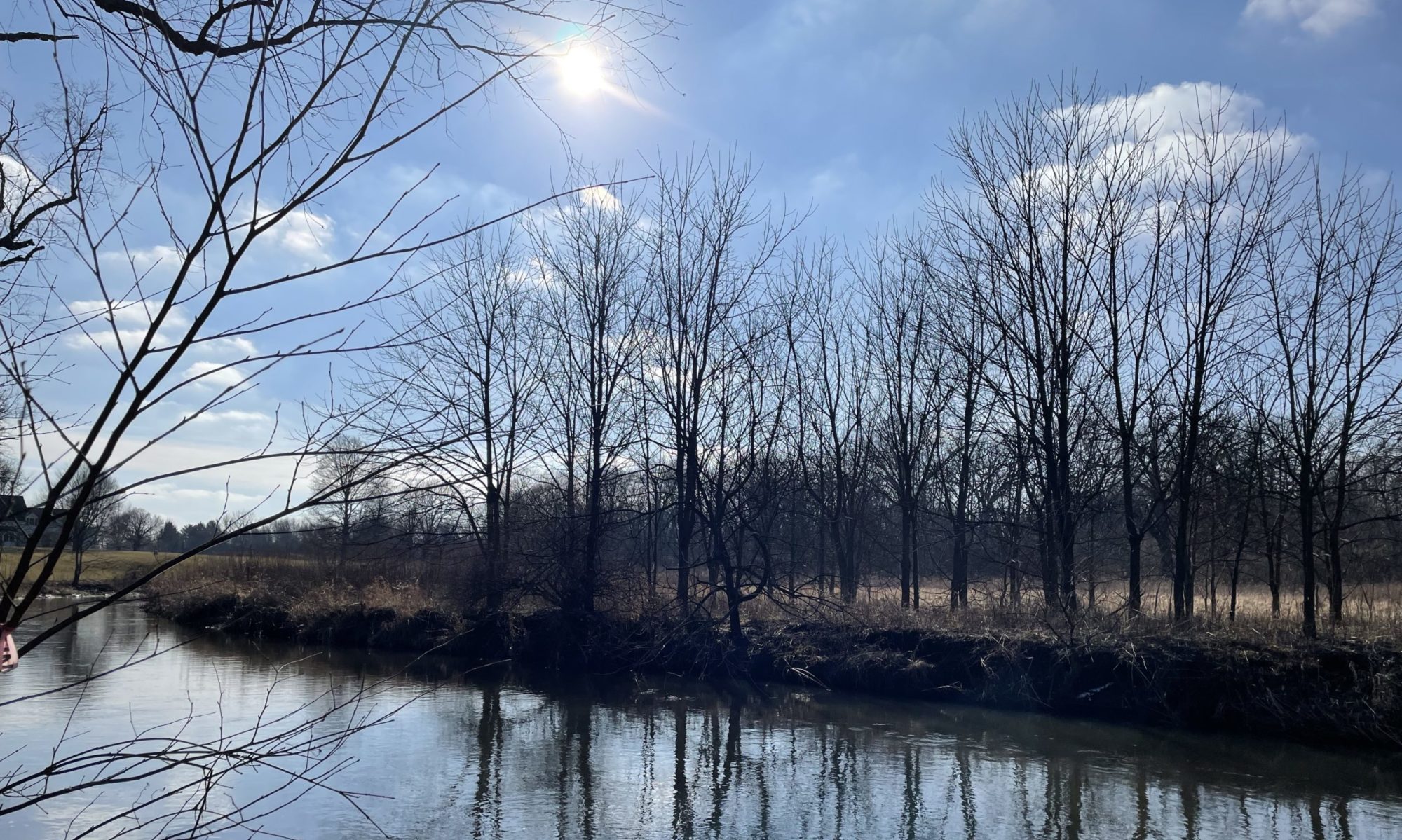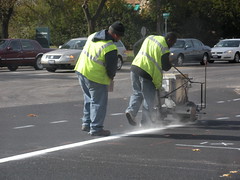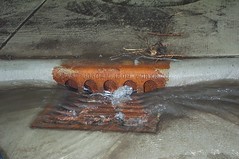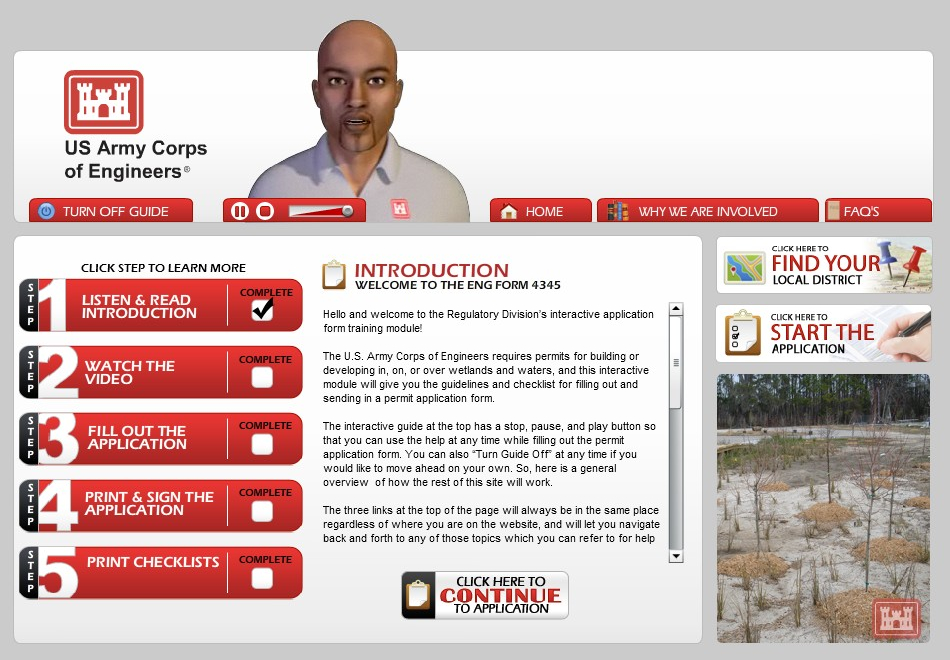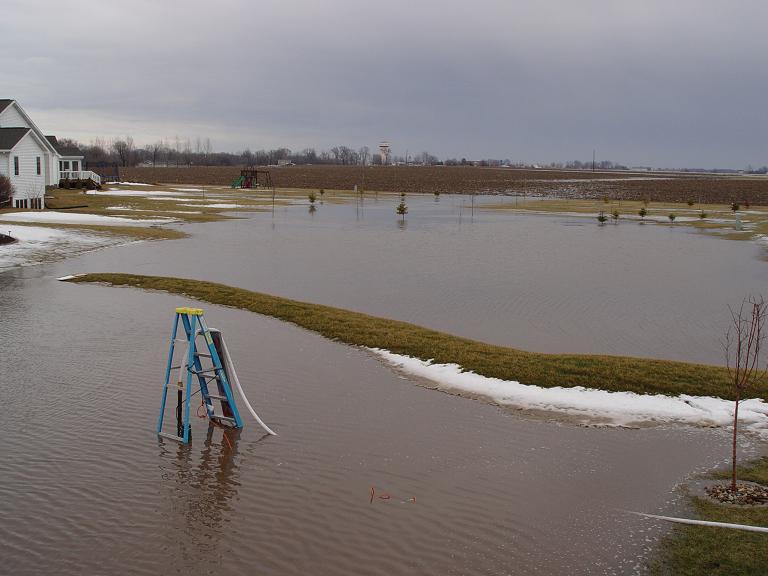Day 10
Today was a great day – well most days are pretty good, but a lot of really good things happened today! There were some minor tasks I took care of like arranging for our interns to help out the water/sewer department by shooting some elevations for a sump pump line they were repairing and working a little with the interns on the small storm sewer project they are designing. But the main focus of the day were the following items:
Inspection of Storm Management Activities and a Quick Explanation of Special Service Areas
For some time now many urban areas have been requiring new developments to address stormwater management to minimize flooding and improve water quality. So developers installed features such as detention and retention basins, wetlands, or other facilities to meet these goals. Although they have worked well over the years, the challenge that has evolved over time is the maintenance of these areas. Over the years, weeds grow up and cattails take over. Eventually the facility may no longer function as intended.
We have one large stormwater facilitiy within a subdivision in our city that over the years was increasingly neglected by the property owner. Fortunately our city requires all developers to either create special service areas (SSA) for these facilities or agree that in the future an SSA could be set up. The SSA works by allowing the city to assess real estate taxes on the parcels lying within the SSA for the purposes stated in the document creating that area. In most cases management of stormwater facilities is an approved use of the funds collected through an SSA. If no management is needed because the property owner or homeowner's association is taking care of it, then no taxes are assessed. However if no maintenance takes place, as in this case, the city begins assessing and managing the facility.
So earlier this year we began assessing taxes for this area and secured a contract with a design/build firm to design and implement a management plan for the area. Today our consultant took us out to inspect the work that has been done. I took many photos of the area, and you can see these on the city's Flickr site at this URL: http://www.flickr.com/photos/cityofgeneva/sets/72157627294641145/
I did add one photo here that was taken by Karen Kase, one of the employees with the consulting firm. (I asked and received permissoin to use her name and photo in this post.) She is an amazing woman – she completely understands this type of work, works hard to achieve results, and does a great job communicating to clients what has been done and what is planned. Anyway, she took this photo one day while she was working on site. She said it is a hummingbird moth. I just had to include it here in this post because it is one of the most incredible photos I have ever seen. She took it with her iphone!
Public Works Staff Meeting
We also had a public works staff meeting today. This is a meeting we have every month that includes all the superintendents and managers in our department. It's interesting and helpful to get together like this to share what each of us is doing and it helps us better coordinate our efforts. We learned that the Emerald Ash Bore has had a devastating impact on our community with thousands of trees left dead. Our street department has a forestry division, and they have been taking down all the trees in the right of way. So far they have removed 225 trees just since May of this year. The superintendent figured he could have about 2,600 more to go. Another interesting bit of information shared is that he was asked to put a sign up at the pay station for our commuter parking garage that says "US Currency Only" because people are paying with coins from Chuckie Cheese and Disney. I figured our dollar was devalued but didn't think it had gotten that low!
ArcGIS Viewer for Microsoft Silverlight
Today I also signed up for the ArcGIS Beta Community so I could get access to try out this awesome application for making web maps. The GIS person in our neighboring community who is just outstanding at creating GIS applications showed us a demo of it at our last group meeting. This application allows you to create a web map through a very easy method. And the resulting map is presented in a very nice user interface. I would highly encourage anyone interesting in creating web maps to join the Beta Community and try out this application. Anyway, I was able to get it installed by the end of the day and look forward to trying it out next week!
